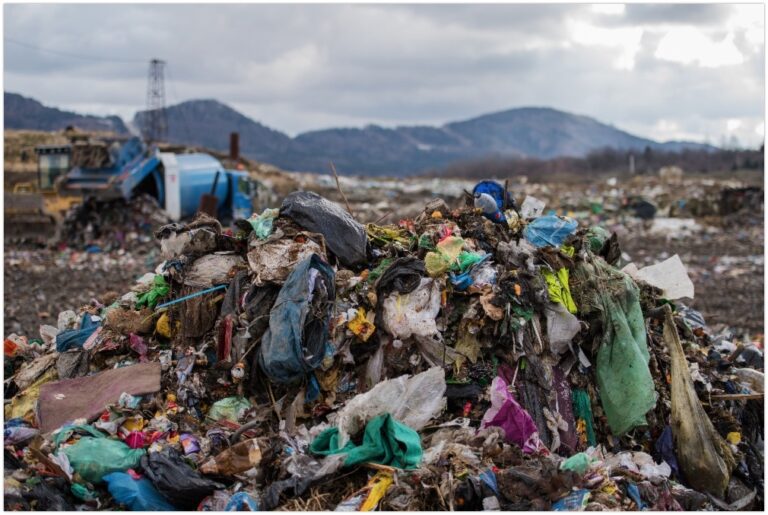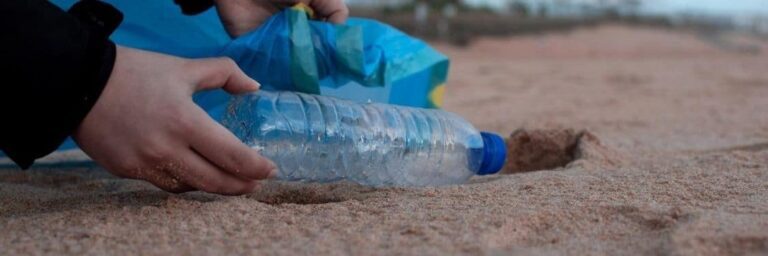Illegal dumping of waste materials poses substantial or potential threats to the public health and the environment. It does not necessarily mean that there is an immediate risk to our human health, although sooner or later, it will have a devastating impact on our society.
Illegal hazardous waste that is often dumped exhibits the following characteristics as defined by the EPA (Environmental Protection Agency):
1. Ignitability
2. Corrosivity
3. Reactivity
4. Toxicity
The materials which demonstrate these characteristics come from various sources. Some are specific sources, non-specific sources and others are released chemical products from machines and industrial plants.
Dumping of dangerous waste does not only occur as a by-product from industrial waste, but also from our households. At times, we carelessly choose to throw away household items without a second thought. These include batteries, refrigerators, leftover pesticides, and paint.
Hazardous waste cannot be disposed of by ordinary means like other by-products of our everyday lives. Depending on the physical state of the toxic by-product (gaseous, liquid, or solid), special management treatment is required.
Here are the effects of illegal dumping on the environment.
1. Runoff Water
Illegal dumping usually changes the course and alter the natural runoff of water during heavy rain or storm. During heavy rains, inappropriately dumped plastics get driven by flowing water into sewer channels and drainage pipes. Over time, the sieves lying along the canals get clogged up, leading to water blockage.
This buildup of runoff water in regions where it is not wanted is one of the reasons for flooding and damages of properties and farms. The same dumping of trashes into water bodies causes the contamination of water sources in lakes, rivers and oceans.
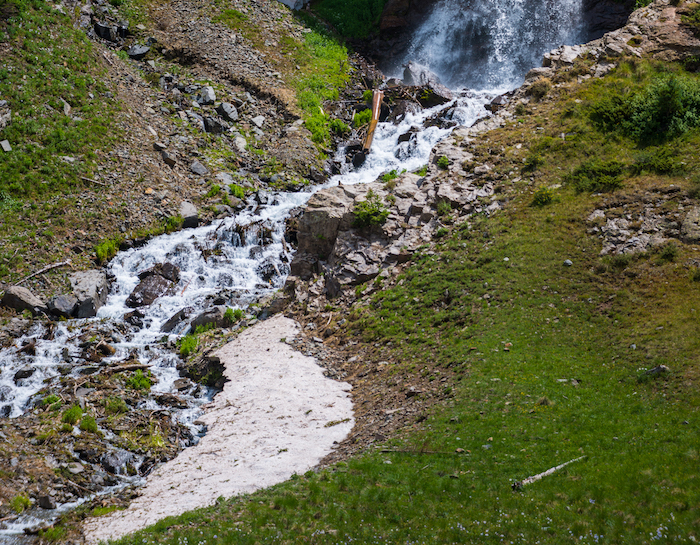
2. Destroys the Environment Beauty
Illegal dumping makes the environment appear unattractive and undesirable. Even the most beautiful places can look unappealing to visitors. As a result, there will be a decrease in the number of tourists and consequently, tourism revenue. This could potentially disrupt the country’s economy.
![]()
3. Destruction of Plant and Wildlife Habitat
Plants and species are adversely affected by illegal dumping. Consumption of hazardous dumped items may have health and fatal implications. The consumption of polyethylene (used in plastic bags) leads to fatal results. Leaking of toxic chemicals or industrial liquid to the environment may kill plants. A direct impact on the animals which feed of these plants as a source of food.
The chemicals used to make different items leads to soil degradation, mainly if trash stays in one place for a long time. Pollution occurs when contaminants (heavy metals) seep into the soil. It mostly happens when you fail to dispose of electrical components like phone batteries properly.
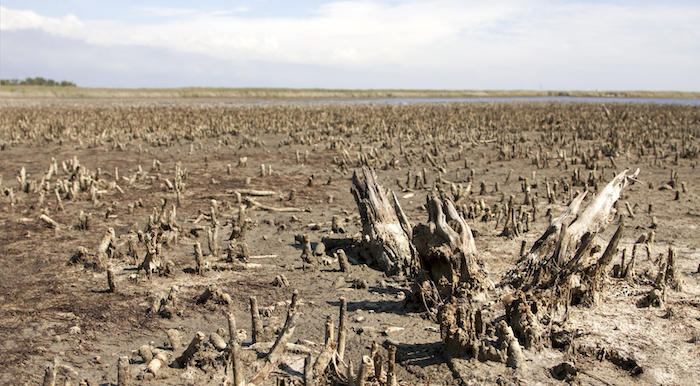
4. Marine Pollution
Illegal dumping can lead to oceanic pollution. The most common action we take as residents are throwing garbage into the bush or incinerating them. However, when they are non-biodegradable, they are collected by running water during the rain to waterways and lakes. These waste then causes the death of marine animals.
Sadly, marine creatures take the hardest blows from the littering that occurs on land. It’s always easy for things like household waste, bottles, and plastic bags to find their way into the oceans. Marine animals mistake these items for food.
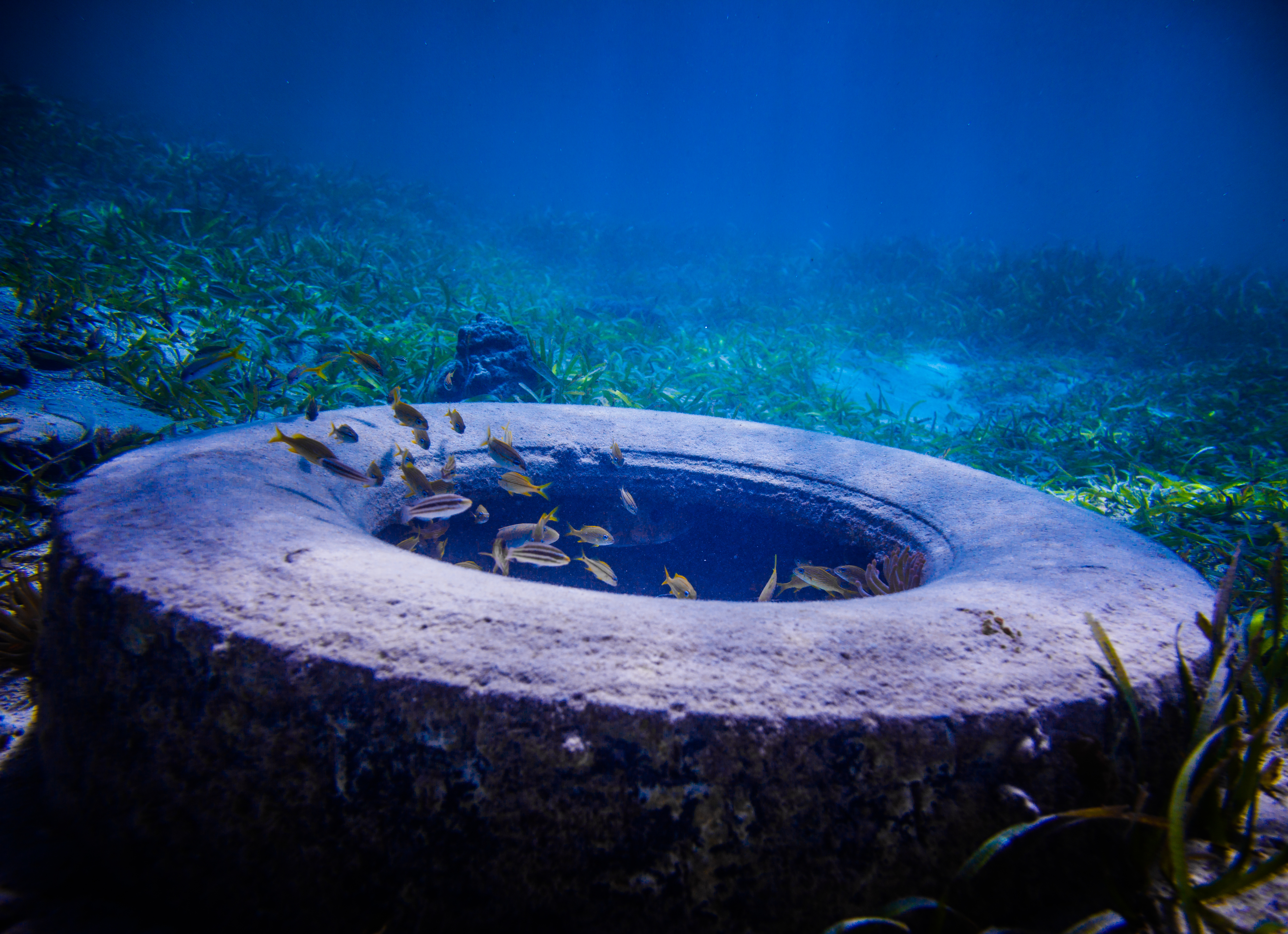
5. Global warming
Many of our households items such as freezers and refrigerators that contain materials which release harmful gases. They come in the form of fluorocarbons and hydrofluorocarbon. These compounds destroy the ozone layers and after the ozone layer which is a protective cover that protects us from excessive rays from the sun.
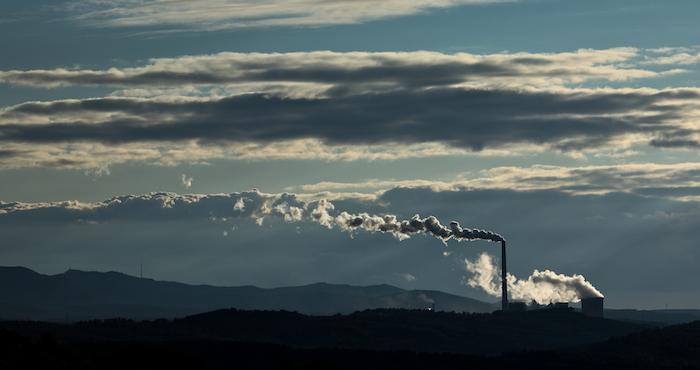
Effects of illegal plastic dumping on animals and wildlife.
Similarly, dumping of plastic bottle and waste have devastating effects on the environment. Most of these plastic bottles end up on the shores of our beaches where animals and sea creatures suffer as a result of our poor habits.
A study that Earthwatch Australia, CSIRO, Shell and TeachWild conducted showed that the huge amounts of plastic bottles come with ocean currents. Moreover, the study showed that a larger percentage of the coastal debris comes from Australia and not from the high seas.
Illegal plastic dumping is a major source of rubbish on most Australian beaches. Thousands of sea animals ranging from the blue whale to the small finches die grim deaths after consuming the plastic and being caught in it. Here are some of the sea animals at a higher threat.
Fish
Fish alone consume around 12,000-24,000 tons of plastic every year. The plastic can cause internal injuries and death and mostly the plastic ends up in the stomach of the large fish, human seafood eaters and marine mammals.
Sea turtles
A sea turtle can mistake the floating plastic for food. That way, they end up choking, sustaining internal injuries and death. The sea turtles mostly starve because they think that they are full after eating the plastic. Most studies show that almost half of the world’s sea turtles have consumed plastic and the pollution on the Australian beaches is badly affecting their reproduction.
Seabirds
Thousands of seabirds consume the dumped plastic each year. The ingestion of plastic reduces their food storage volume and causes starvation. Studies show that nearly 60 percent of all species of seabirds have already eaten plastic pieces and the number is likely to increase to 99 percent by the year 2050. Most of the dead seabirds are usually full of plastic in their stomach, showing us how the dumped plastic on the beaches is ruining the environment.
Marine mammals
The marine mammals are the other group that suffers after ingesting plastic. Entanglement in plastic leads to injuries and mortality – packing bands are the commonest entangling materials. The bellies of most dead whales are usually full of plastic.
As a leading rubbish removal company in Sydney, Paul’s Rubbish Removal is responsible to be the first to address the negative impacts that illegal dumping has on the environment and to society. We highly encourage residents and businesses to recycle where possible and dispose of waste in a responsible manner. We are able to help you do so by picking up your items and taking it to the nearest recycling centre for proper disposal. Give us a call today on 0407 125 125 and we’ll be happy to head out to your site today.
Check out this article if you are curious about the most common items illegally dumped in Sydney.






